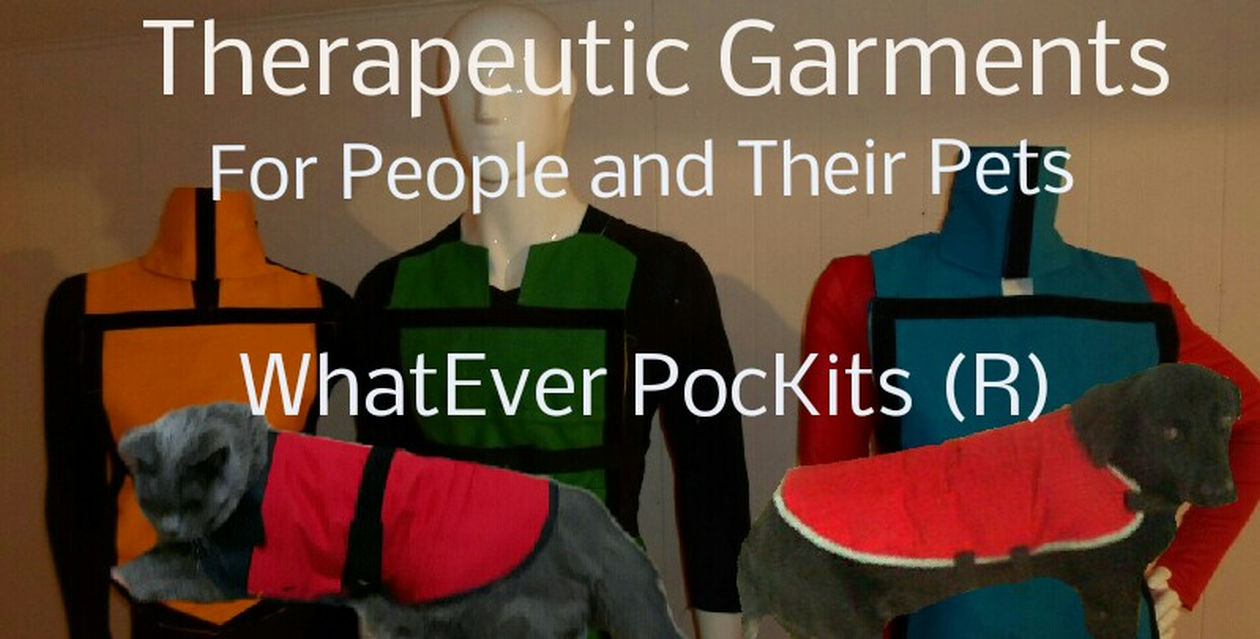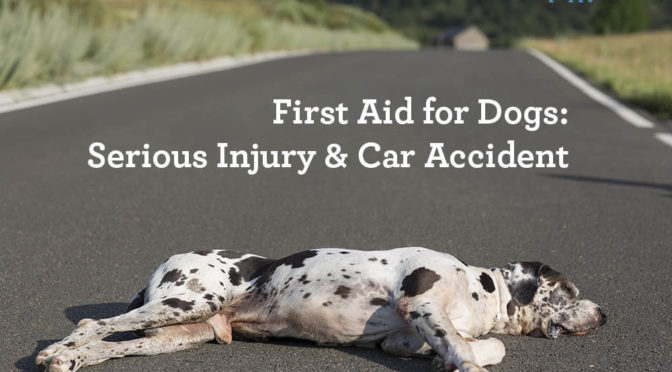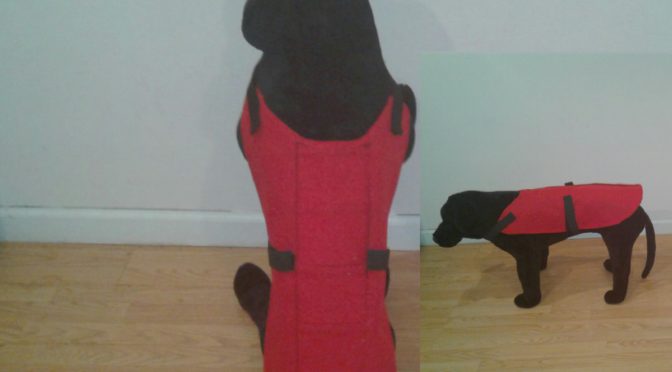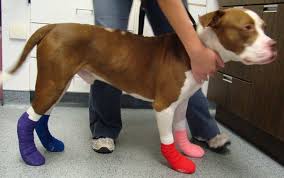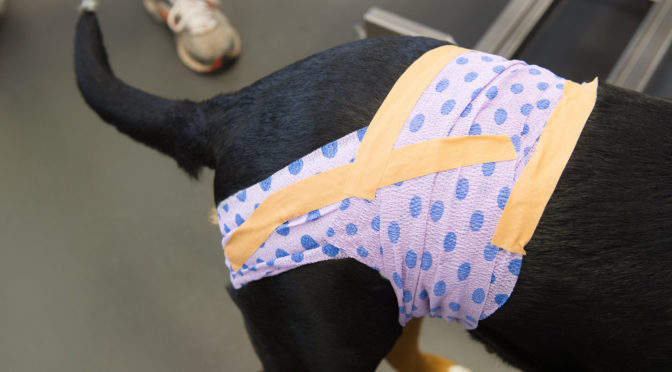Pet Clothing: It can be hard to resist those cute pet outfits at the store. Who wouldn’t want their beloved furry friend to be dressed like a football player, or a princess? Before you buy pet clothing, however, there are some things you should consider.
Pros and Cons of Dressing Your Pet
Cons of Pet Clothing
Hazards
One of the cons of dressing your fur baby in dog clothing is that it could get tangled up and injure them. Scarfs are especially hazardous because they can easily get wrapped too tightly around their necks.
Unwanted Attention
It’s possible that your feline could be too cute in their new cat clothing. If your cat is very shy, cat clothing could draw unwanted attention to them and make them feel anxious and stressed.
Adorable outfits could signal to strangers that your pet is friendly to petting,
Overheating
While your husky might look adorable in a pink jacket, it could be bad for their health. Dogs with long coats are evolutionarily made to withstand cold temperatures. Putting your pet in dog clothing could be causing them to overheat.
Pros of Pet Clothing
Warmth
On the flip side, a coat could be a good idea if your dog has short hair. These types of dogs aren’t made to live comfortably in cold temperatures. A coat could keep them toasty and warm all winter.
Anxiety Relief
Tight fitting shirts specifically made for dogs can give them a sense of security in anxiety-inducing situations. This can be very helpful when there’s a thunderstorm or firework event going on.
Fun!
If your cat has a good temperament, it might be willing to let you dress it up in all sorts of cat clothing. If your cat is happy and comfortable in their outfit, then it’s perfectly fine to have fun dressing them up.
Should I Dress Up My Pet?
Whether or not you dress up your cat or dog depends on their breed and temperament. If your pet is docile and loves attention, a pet outfit could be a good idea. If your pet has anxiety or short, thin fur, an anxiety vest or a winter coat is the way to go. Whatever you choose, be sure that it’s the best option for you and your furry friend!
